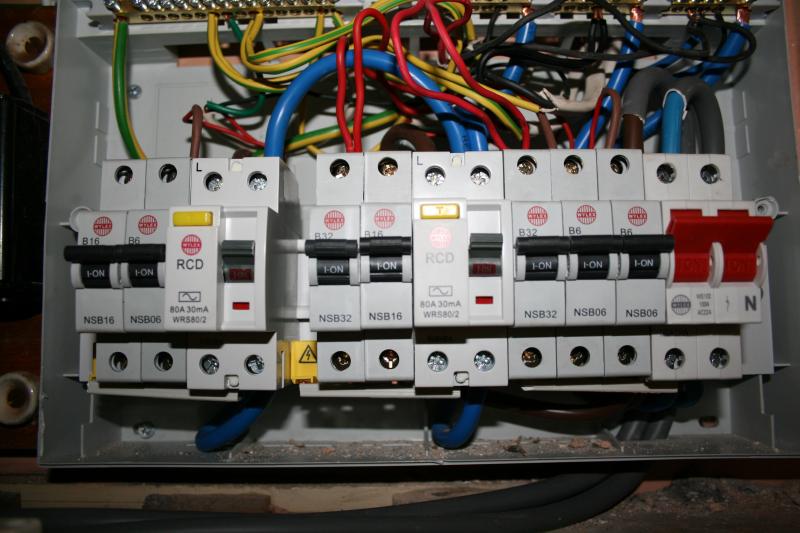Trying to identify a ring main before extending it to fit new sockets in a bedroom. Found what looks like a ring main as it has two cables going to one socket, however when I measure across the two brown wires that I have disconnected from the socket, I get 600 ohms instead of a short. I removed the tails from the consumer unit and have 600 ohms there too (with the socket reconnected).
Am I right to think something is loose or completly disconnected somewhere on this ring and not completing the return circuit properly?
I have had a new consumer fitted recently and the RCD would trip several times a day even with nothing plugged in. The tails have been moved to the non- RCD side of the CU for now.
Is the 600R reading and the RCD trips a related fault?
Am I right to think something is loose or completly disconnected somewhere on this ring and not completing the return circuit properly?
I have had a new consumer fitted recently and the RCD would trip several times a day even with nothing plugged in. The tails have been moved to the non- RCD side of the CU for now.
Is the 600R reading and the RCD trips a related fault?


